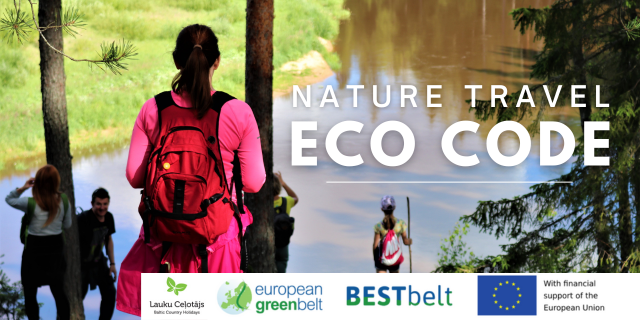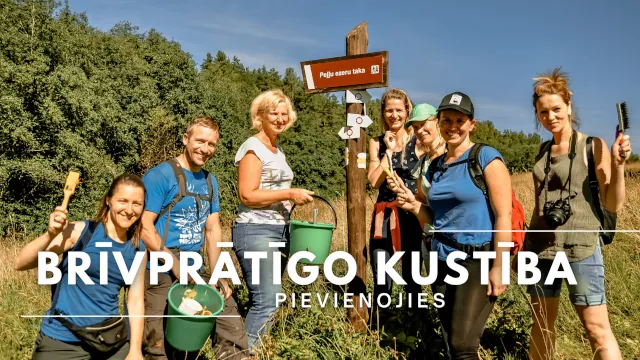Section 72. Aukštiškiai – Dengtiltis.
The Baltic countries are covered with a thick layer of sediment – sand, gravel and clay, formed in the Quaternary period, with the glacier was initially approaching the territory of the present Baltic States and then retreating from it. Due to the glacier, a lot of boulders are found – the pieces of rock torn and carried by the glacier which, as the glacier melted, remained in the places where they were brought. The further the glacier carried the stones, the rounder and smaller they became. Therefore, it is noted that the largest boulders are found in Northern Estonia, where they often resemble broken rock blocks, but the smallest and most rounded ones – in Lithuania. There are places where boulders form large clusters – piles, embankments. In the rivers, rock assemblages formed rapids and streams, which are interesting for water tourists. Stones can be found everywhere – in meadows, fields, forests, river and lake shores, at sea, above and below water. Hiking on this Forest Trail section you will reach an educational trail with the stripes of stones (Akmenų rūžos pažintinis takas), which reveals a unique glacial legacy.










